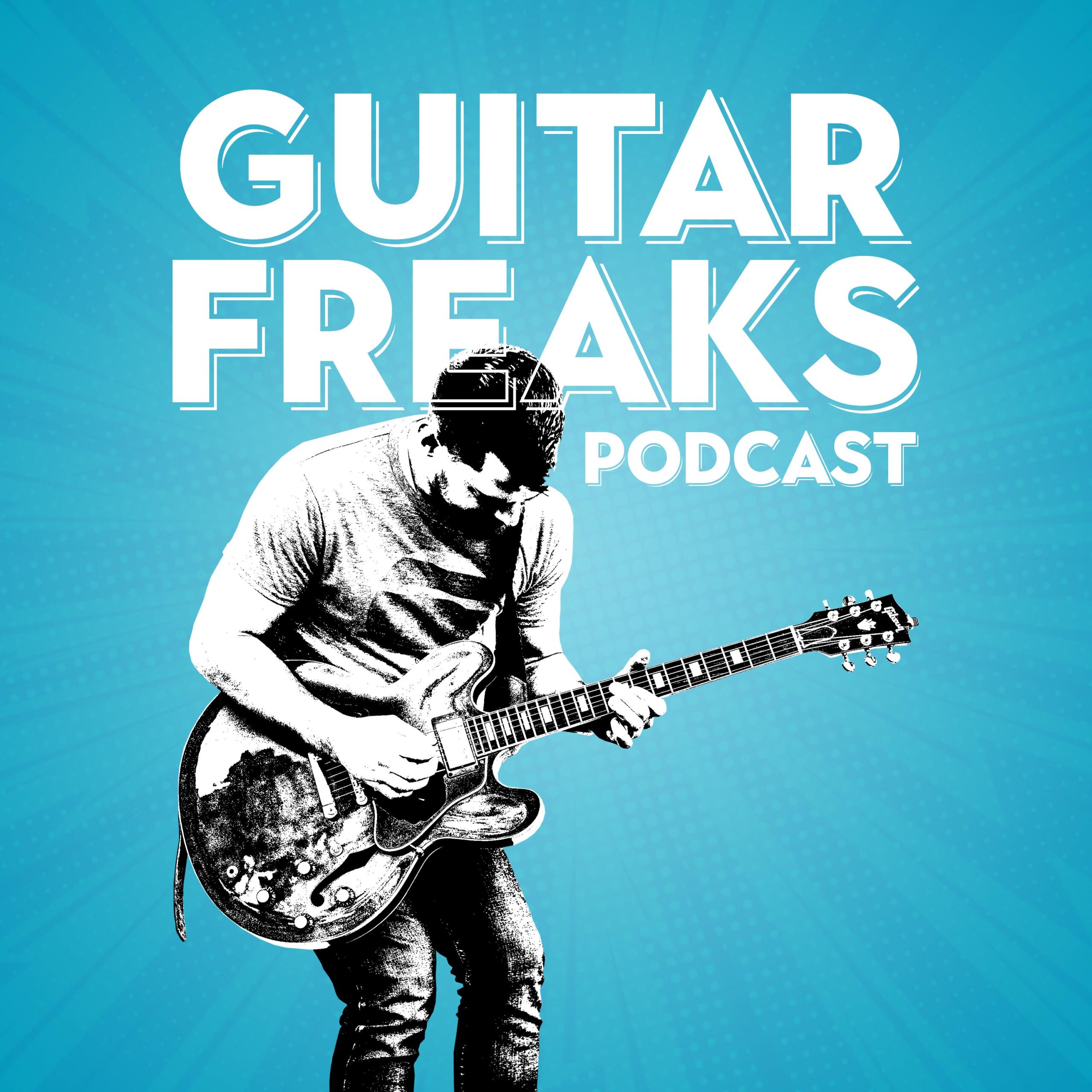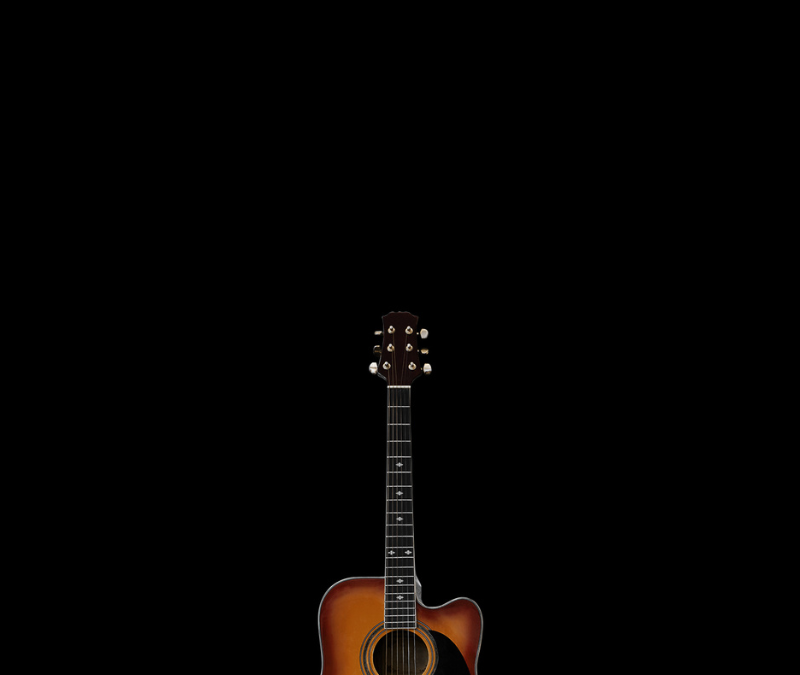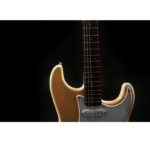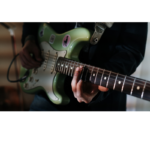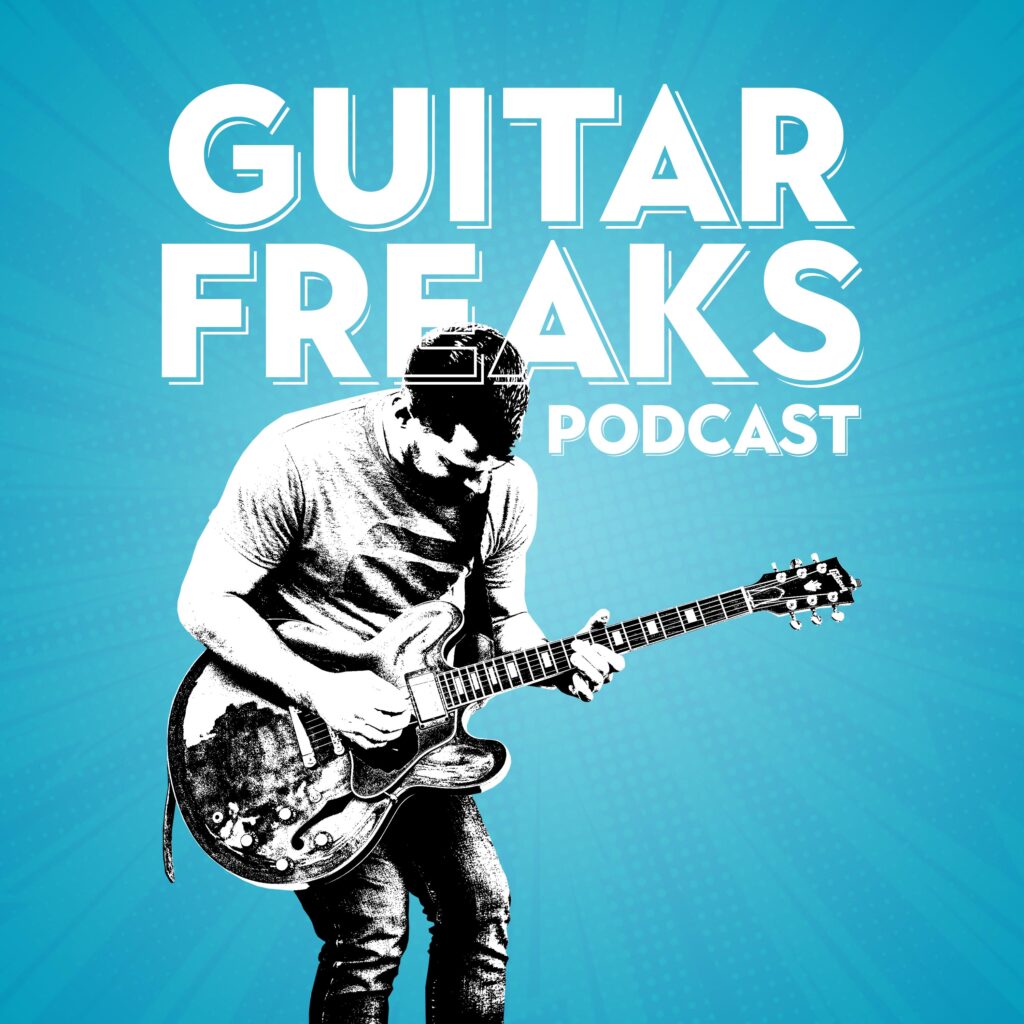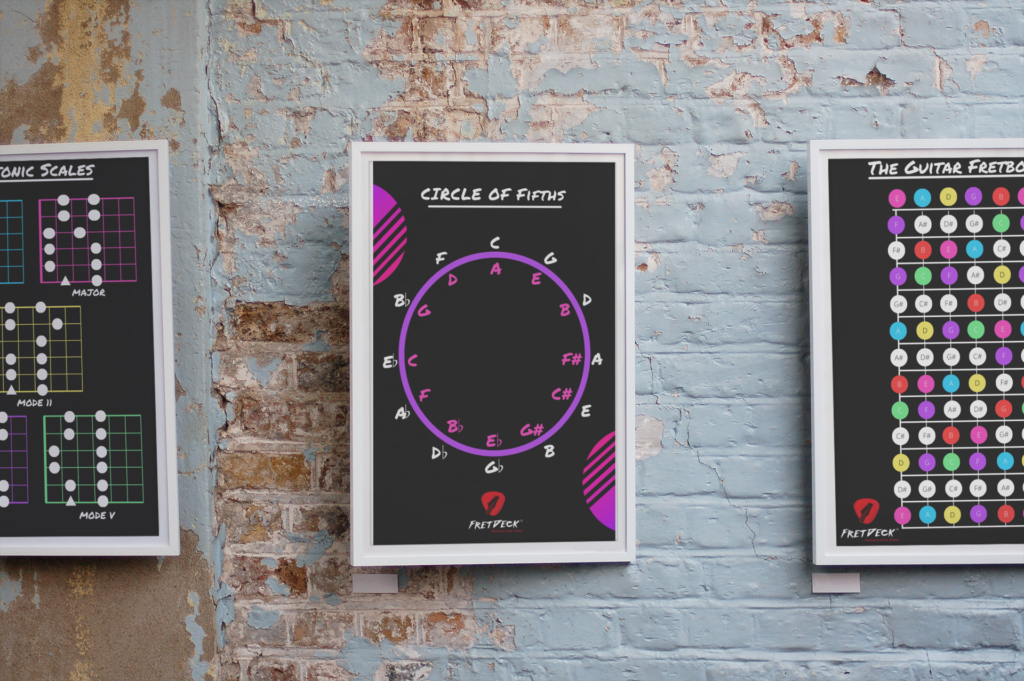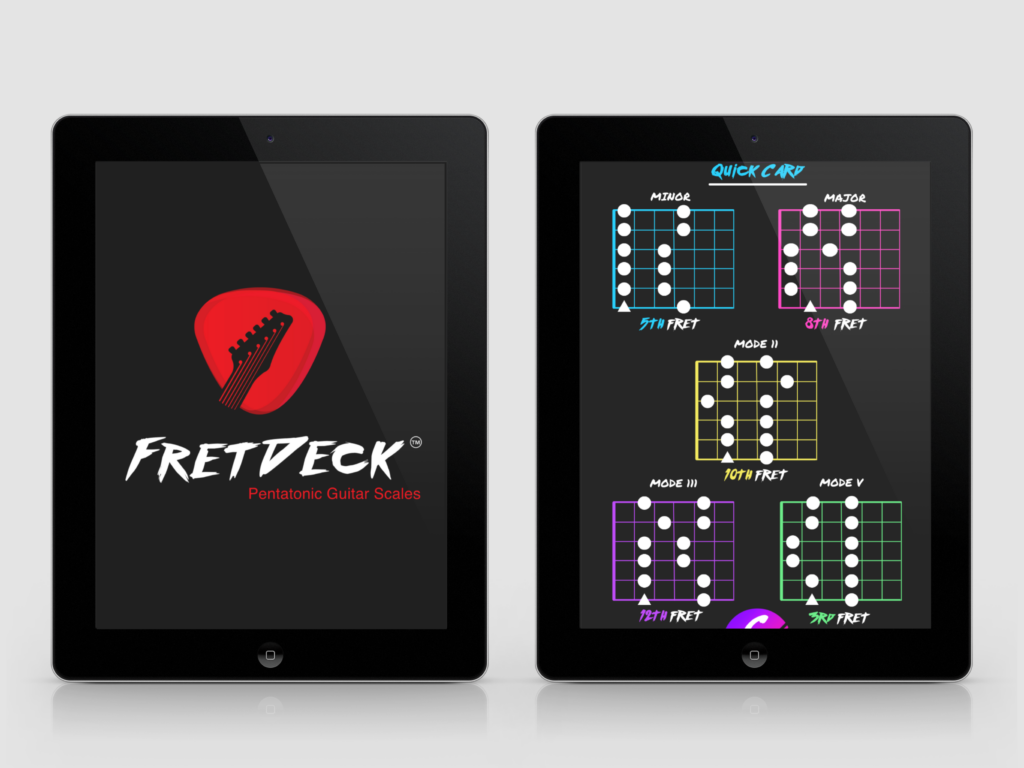If you’ve ever felt like your chord progressions could use a little more intrigue, you’re not alone. Sometimes, those trusty major and minor shapes—beautiful as they are—just don’t cut it. Enter sus chords for guitar: the unsung heroes of harmonic tension and emotional resonance. Alongside their equally colorful cousins, add chords, these variations can transform a simple progression into something that lingers in the listener’s ears like a secret they’re desperate to unravel.
Today, we’re diving deep into what makes these chords tick, why they’re worth your time, and how you can incorporate them into your own playing to create something truly captivating. So, grab your guitar, and let’s get to it.
What Are Sus Chords for Guitar?
Every chord has a personality, and sus chords for guitar are no exception. But before we dig into their quirks, let’s take a quick detour into chord anatomy.
A standard chord—whether major or minor—is built from three key ingredients: the root, the third, and the fifth. These three notes work together to establish the chord’s character. The third is particularly important because it tells you if the chord is major (bright and happy) or minor (dark and moody). But what happens if we remove the third altogether?
That’s where suspended chords, or sus chords, come in. Instead of a third, sus chords replace it with either a second or a fourth. The result? A chord that feels unresolved, like a story waiting for its ending.
- Sus2 Chords: Replace the third with the second (e.g., Dsus2 = D, E, A). The sound is airy, almost wistful.
- Sus4 Chords: Replace the third with the fourth (e.g., Dsus4 = D, G, A). These feel bolder, adding tension that begs for resolution.
Meanwhile, add chords take a different approach. They keep the root, third, and fifth intact but sprinkle in an extra note—often a 2nd, 4th, 6th, or 9th—for added flavor. For example:
- Cadd9: C, E, G, D (a standard C major chord with an added D).
- Gadd4: G, B, D, C (a G major chord with an added 4th).
Where sus chords create tension, add chords bring a lush, expansive quality that can make even the simplest progression sound like a symphony.
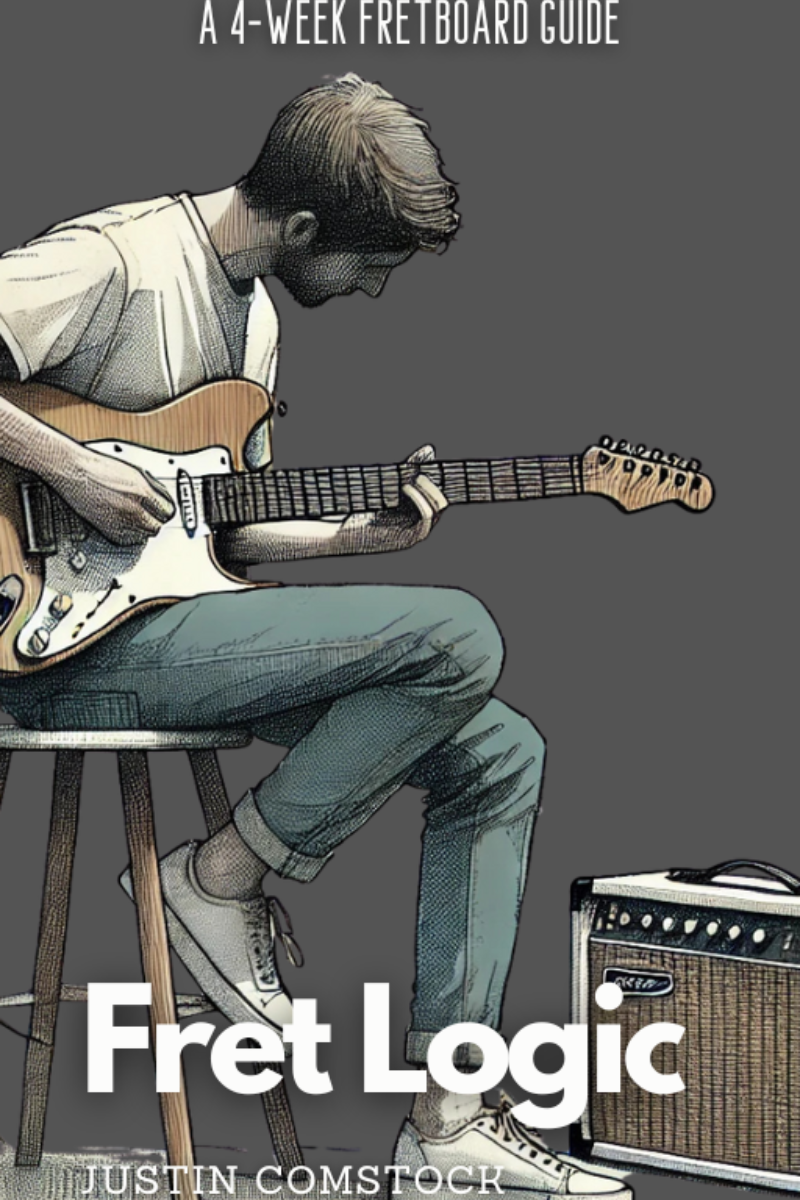
Join Guitar Freaks Hangout on Discord! 🎸
Get Fret Logic FREE!
Join the Guitar Freaks Hangout Discord and get exclusive access to my entire e-book, Fret Logic! Master the fretboard and elevate your solos with this comprehensive guide.
👉 Don’t miss out—join now and download your free copy!
Why Use Sus Chords for Guitar?
Picture this: You’re strumming through your favorite progression—maybe it’s G – C – D—and everything feels…fine. But that’s just it. It’s fine. If you want to break out of “fine” and into something that stirs emotions, sus chords for guitar are your ticket.
Here’s what they bring to the table:
- Tension and Release:
Sus chords thrive on their unresolved nature. Playing Dsus4 and then resolving to D creates a feeling of relief, like finally exhaling after holding your breath. It’s a small gesture, but it makes a big impact. - Dynamic Movement:
Progressions don’t have to feel static. Adding sus chords for guitar introduces motion, even if you’re only moving a single finger on the fretboard. - Modern and Timeless Vibes:
Add chords, like Cadd9, have a timeless quality. They’ve been used by everyone from The Beatles to Coldplay, and they never seem to go out of style.
How to Use Sus Chords for Guitar in Your Progressions
Let’s get hands-on. Here are three ways to bring sus chords for guitar into your playing:
1. Add Drama with Sus4 and Resolve to Major or Minor
Start with a basic chord and spice it up by introducing a sus4 before resolving. For instance:
- Play A – Asus4 – A to create a melodic push-and-pull.
This works wonders in intros, verses, or even as a subtle touch in the middle of a progression.
2. Substitute Standard Chords with Add Chords
Try swapping a standard chord for an add chord to create a richer sound. For example:
- Replace C with Cadd9 or G with Gadd9 to add emotional depth.
- A simple progression like G – D – C becomes more colorful with Gadd9 – Dsus4 – Cadd9.
3. Experiment with Open Voicings
On guitar, open strings are your best friend when exploring sus and add chords. For example:
- Emadd9 (E, G, B, F#) sounds hauntingly beautiful when played with open strings.
Examples of Sus Chords for Guitar in Songs
You’ve probably heard sus chords for guitar and add chords in more songs than you realize. Let’s look at a few iconic examples:
- “Free Fallin’” by Tom Petty
The combination of Dsus2 and Dsus4 gives this classic its dreamy, open-ended feel. - “Wonderwall” by Oasis
Arguably one of the most famous uses of Cadd9 and Dsus4, this song is a masterclass in creating depth with simple shapes. - “Message in a Bottle” by The Police
The intro’s hypnotic arpeggios are built around suspended chords, creating a feeling of endless anticipation. - “Dust in the Wind” by Kansas
The poignant, reflective mood of this song is anchored by sus2 and sus4 variations.

Join Guitar Freaks Hangout on Discord! 🎸
Get Fret Logic FREE!
Join the Guitar Freaks Hangout Discord and get exclusive access to my entire e-book, Fret Logic! Master the fretboard and elevate your solos with this comprehensive guide.
👉 Don’t miss out—join now and download your free copy!
Try This: Sus and Add Chords Practice Routine
Here’s a quick routine to help you master sus chords for guitar:
- Sus2 and Sus4 Transitions:
Play D – Dsus2 – Dsus4 – D, and notice how each variation shifts the chord’s mood. - Layer Add Chords into Progressions:
Start with G – C – D, and experiment with substitutions like Gadd9 – Cadd9 – Dsus4. - Create Your Own Progressions:
Use the Circle of Fifths to find complementary chords, then sprinkle in sus and add chords to craft something unique.
Conclusion: Elevate Your Playing with Sus Chords for Guitar
Whether you’re writing a song, jamming, or just exploring the fretboard, sus chords for guitar and add chords are powerful tools for unlocking new sounds. They’re not just chords—they’re stories, emotions, and colors waiting to be discovered.
If you’re eager to hear how other players are using these chords, join us in the Guitar Freaks Hangout on Discord! It’s a vibrant community where you can share ideas, get feedback, and collaborate with fellow musicians. Let’s push the boundaries of what your music can do, one chord at a time. 🎸
For more tips on enhancing your playing, check out our guide on Mastering Chord Progressions for Guitar: Transitions & Techniques to build a solid foundation for experimenting with sus chords for guitar and beyond.

Join Guitar Freaks Hangout on Discord! 🎸
Get Fret Logic FREE!
Join the Guitar Freaks Hangout Discord and get exclusive access to my entire e-book, Fret Logic! Master the fretboard and elevate your solos with this comprehensive guide.
👉 Don’t miss out—join now and download your free copy!
